Climatic Dynamics of Monsoons – NASA SVS (2016)
The monsoon was noticed for the first time in India. It is a seasonal rain and wind pattern that occurs in many places on our planet. The quasi-regular atmospheric pattern is hugely influential in Human history. The first truly global economy was established in the Indian ocean by sea faring merchants who traveled from Africa and middle east all the way to Indonesia and Malaysia and back. Predictability of the wind patterns around the Indian Ocean was the defining factor. […]

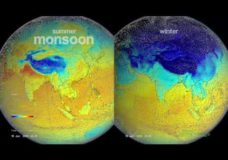
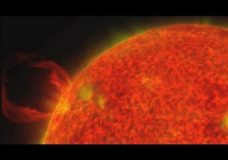
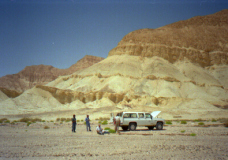
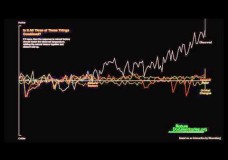
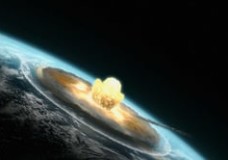
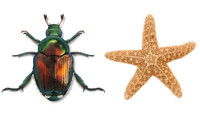
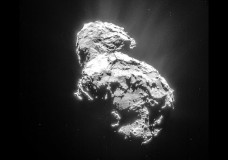

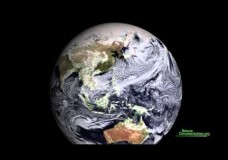



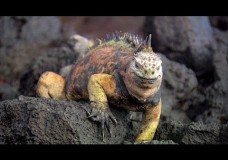
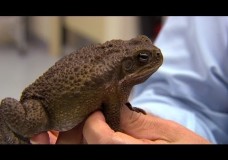


Recent Comments